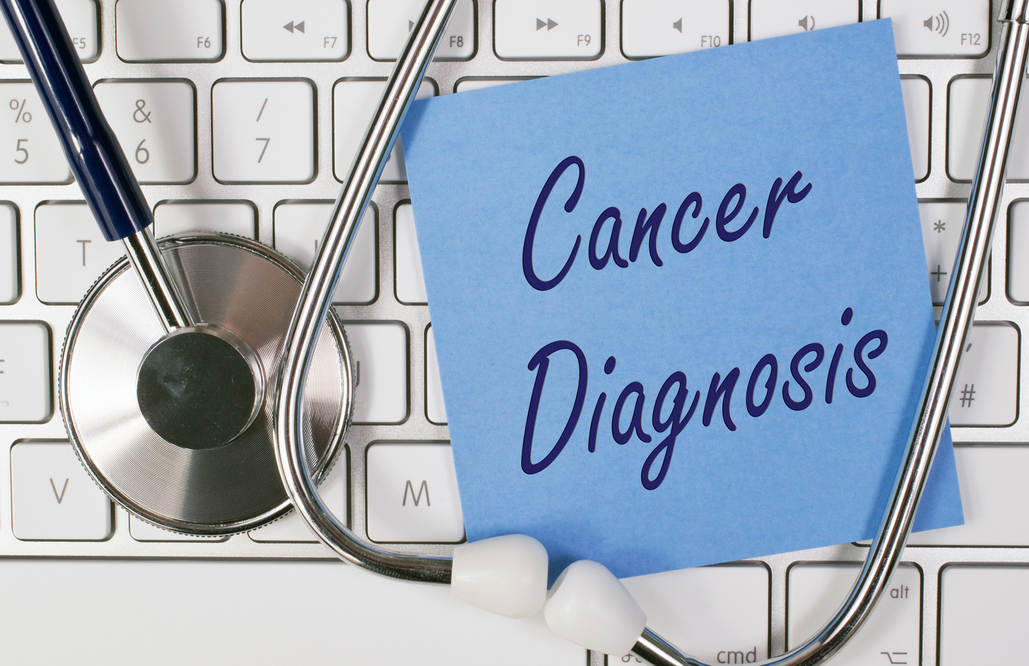
Cancer Diagnosis and Treatment Options
Cancer treatment can take an emotional toll on not just the patient but also the caregivers. Deciding on the best treatment option for cancer is a multi-pronged process that starts with the diagnosis of the condition. This article talks about things to know that will help you make the right decision that is best suited for your situation.
What are the major components of cancer diagnosis?
1. Screening
Your chances of curing cancer are the highest if the disease is diagnosed at an early stage. Keeping that in mind, consider discussing with your doctor about the screening tests that are most appropriate for you. According to studies, timely tests can save lives by detecting cancer early.
2. Physical exam
Your doctor may also perform a physical exam to check for abnormalities, feel body for lumps, change in skin color, organ enlargement, etc.
3. Lab tests
You may need to undergo urine and blood tests to help your doctor detect unusual behavior in various systems that may be caused due to cancer.
4. Imaging tests
With the help of these tests, your doctor will analyze your internal organs and bones without using invasive means, such as CT scans, bone scans, and MRI scans.
5. Biopsy
Your doctor will collect cell samples for testing in the laboratory in multiple ways. The biopsy procedure will depend on the type of cancer and its location in your body. In many cases, a biopsy is the only way to determine the presence of cancer.
Treatment
1. Surgery
When the cancer is in the early stages, your doctor will use surgery to remove it from your body. However, be sure to discuss the side-effects and what to expect before, during, and after the procedure.
2. Radiation therapy
The doctor will use high-energy proton beams to kill cancer cells and reduce the size of the tumor.
3. Chemotherapy
This treatment for cancer uses orally or intravenously administered drugs to kill cancer cells. Unfortunately, the procedure also attacks healthy cells in the body.
4. Immunotherapy
Immunotherapy is a treatment that strengthens your immune system to fight cancer.
5. Targeted therapy
Targeted therapy helps in targeting modifications in cancer cells that allow them to proliferate. Unlike chemotherapy and radiotherapy, this does not attack healthy cells in the body.
6. Hormone therapy
This type of cancer treatment will slow or stop the development of prostate or breast cancer that uses specific hormones to grow and multiply.
7. Stem cell transplant
Sometimes, high doses of radiation therapy or chemotherapy in cancer patients can destroy blood-producing cells. Stem cell transplants help restore those cells.
After the diagnosis of cancer, your doctor will determine its stage, which is indicated using the Roman numerals 0 to IV. Higher numbers indicate an advanced stage of cancer. Your doctor will use this staging system to choose the best treatment options for you.



